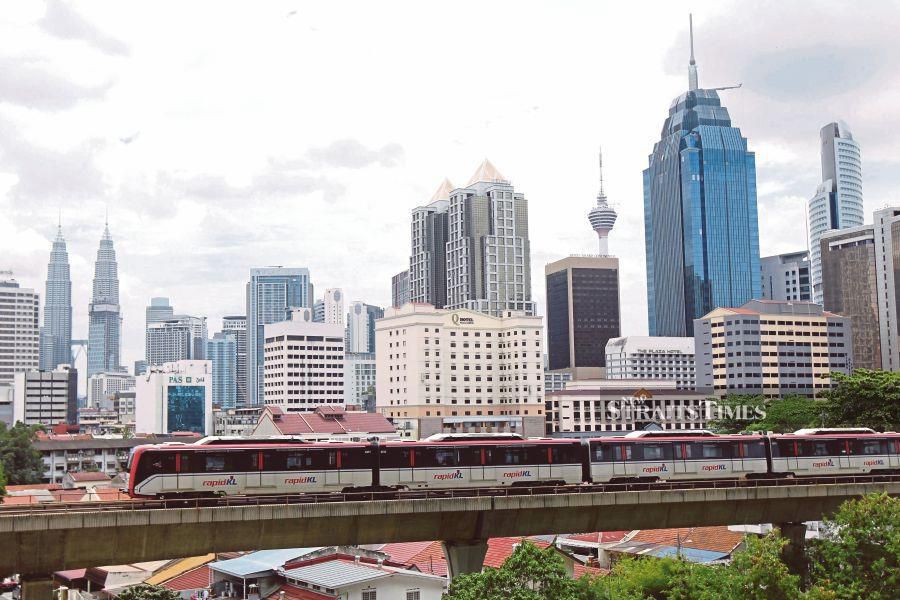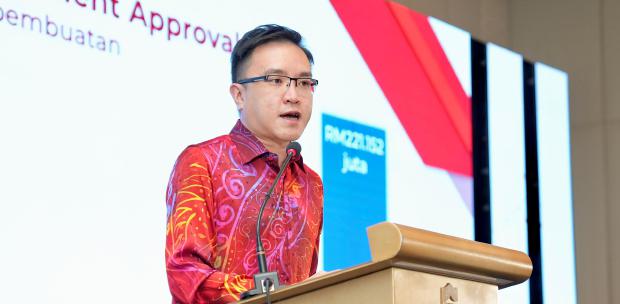MANY countries embark on industrialisation to create jobs, diversify the economy and create wealth.
Developing nations industrialised in line with the Latin American school of propagating import substitution industrialisation (ISI), later in line with the world systems theory of development in which industries relocate to compete for cost minimisation, and later still from the opportunities provided by the competition for export-orientedindustrialisation (EOI), especially of electrical and electronics industries.
Malaysia, to a large extent, echoed this pattern of industrialisation, starting with several rounds of import substitution in the 1970s and 1980s, moving into export-oriented industrialisation, especially in the 1990s, creating employment opportunities and much of industrial output then.
After 2000, the planning of the economy began to encourage the growth of services industries, now accounting for over 55 per cent of gross domestic product (GDP). Consequently, the share of manufacturing has now declined from about 30 per cent once to 22 per cent of GDP now.
Some researchers called this development "premature deindustrialisation".
The nation should have gone deeper into the manufacturing processes, creating more value addition and high-end skilled jobs. This it did not.
The trouble with the last two industrialisation strategies, ISI and EOI, is that they have created not much value addition nor high-skilled jobs.
The strategies were fit in the early stages of industrialisation in the 1960s, 1970s and 1990s.
Malaysia needs to critically examine its industrialisation policy and strategy now if further deepening of the manufacturing processes can be accelerated by attracting high-quality investments, which can contribute more domestic source of output and more skill-intensive and high-wage job opportunities.
Indeed, our key performance indicators (KPI) for industrialisation should no longer be total investments, but more quality investments incorporating high net value-added content and high technology, together with high- skill content.
This KPI can be relevant to our current labour force issue, which is in dire need of better skill jobs and with higher wages, too, given our increasing pool of unemployed graduates, many with technical qualifications.
The nation is now preparing its 12th Malaysia Plan (12MP), the next long-term development plan, covering the period from 2021 to 2025.
It would be timely to incorporate this concern as a basis of macroeconomic and sectoral planning by ministries, such as human resources, education, as well as trade and industry.
It is also a wake-up call for our investment promotion agency, Malaysian Investment Development Authority (Mida), to aggressively seek the types of industries we are referring to.
Maybe it's time to initiate an industrialisation strategy based on competitiveness and high technology.
This is called "Open Economy Industrialisation" (OEI), the likes of industries promoted by South Korea and Singapore.
Perhaps it is time to go for these industries based not on employment consideration per se, but mainly on value-added creation.
Let new sets of industrial clusters emanate from and around them, creating new and modern employment opportunities.
OEI is based on technology, world markets, high skills and competitiveness.
They are no longer producing output as components into final products located elsewhere.
The products are final products themselves and are used to generate high-priced products either as consumption goods or as industrial equipment.
The 12MP will therefore initiate a new set of quality industries and investments in the coming years, helping the economy move out of the clutches of the middle- income trap.
Malaysia has the ecosystem that these industries need, incorporating liberal capital and trade environment, strong intellectual property rights, good infrastructure and stable exchange rate regime.
The only attraction that they may want is a specially-tailored incentive system, which the Finance Ministry should be able to consider beginning in the 2021 Budget.
The pandemic and the subdued economic activities accompanying it give us the window to design new long-term policies and strategies, which can be fully implemented the moment the pandemic is no longer a threat, perhaps in a year or so.
As the 12MP is still on the drawing board, it would be good for the Economic Planning Unit, Finance Ministry, Mida and International Trade and Industry
Ministry to deliberate on this matter and come out with a new industrial master plan statement, reasserting the premier role of manufacturing in augmenting added value, attracting new technology and high skill job creation.
The writer is adjunct professor at International Institute of Public Policy and Management, Universiti Malaya, and at Universiti Tun Abdul Razak





